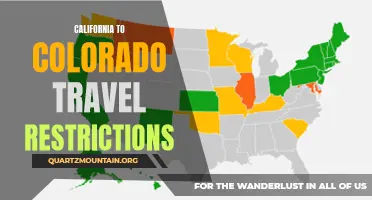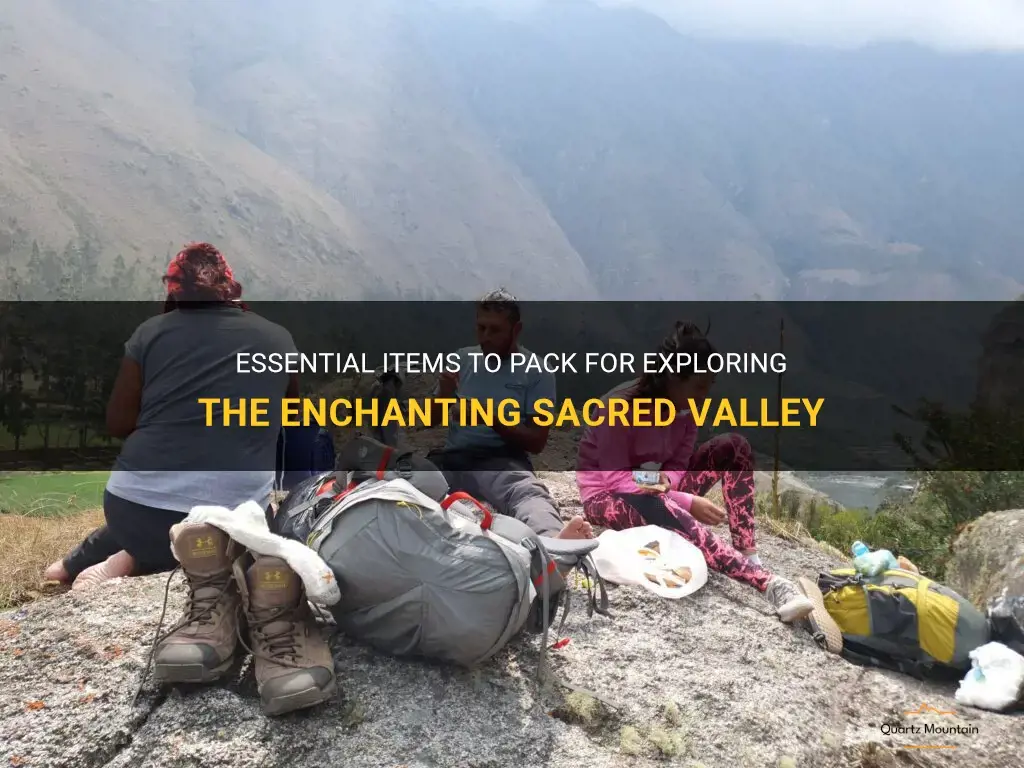
Exploring the enchanting Sacred Valley in Peru is an adventure of a lifetime. With its rich history and breathtaking landscapes, this region is a must-visit for any traveler. To make the most of your journey, it is essential to pack the right items. From practical hiking gear to cultural essentials, this guide will help you prepare for an unforgettable experience in the Sacred Valley. So, grab your backpack and get ready to embark on a journey unlike any other!
| Characteristics | Values |
|---|---|
| Weather | Sunny and dry during the day, cool at night |
| Altitude | Between 2,900 and 3,700 meters (9,500-12,000 feet) |
| Clothing | Layered clothing, light and breathable fabrics, warm jacket, hat, gloves |
| Footwear | Comfortable walking shoes or boots, socks suitable for hiking |
| Sun Protection | Sunscreen (SPF 30+), sunglasses, hat, lip balm with SPF |
| Water | Water bottle or hydration pack, water purification tablets |
| Medications | Altitude sickness medication (if necessary), basic first aid supplies |
| Electronic | Camera, charger, power adapter |
| Money | Local currency (Peruvian Sol), credit/debit card, small bills/coins |
| Miscellaneous | Travel insurance, passport, photocopies of important documents |
| Activities | Hiking, visiting archaeological sites, exploring local markets |
What You'll Learn
- What essential clothing items should I pack for a trip to the Sacred Valley?
- Are there any specific items I should pack for outdoor activities in the Sacred Valley?
- Is it necessary to bring hiking boots or sturdy shoes for exploring the Sacred Valley?
- Are there any specific items I should pack for visiting sacred sites or participating in local customs in the Sacred Valley?
- Are there any important items I should pack to protect myself from the high altitude in the Sacred Valley?

What essential clothing items should I pack for a trip to the Sacred Valley?
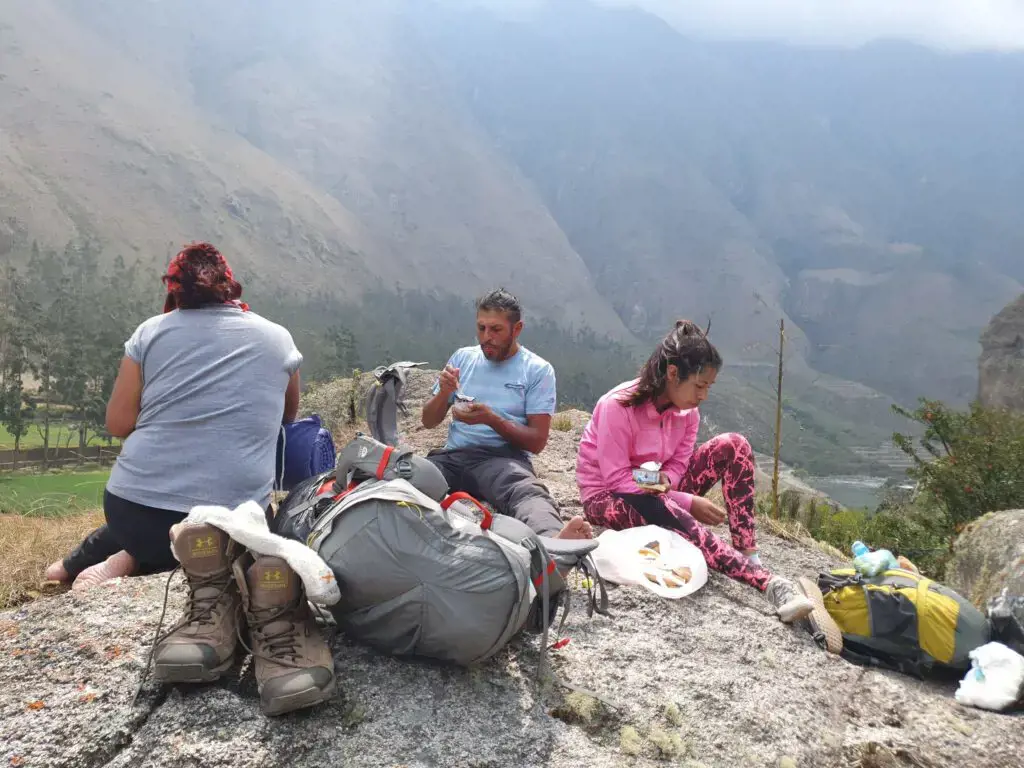
The Sacred Valley is a stunning region in Peru that is rich in history and natural beauty. If you're planning a trip to this area, it's essential to pack the right clothing items to ensure your comfort and enjoyment. Here are some must-have clothing items to include in your suitcase:
- Comfortable Walking Shoes: Exploring the Sacred Valley often involves a lot of walking, so it's crucial to pack a comfortable pair of walking shoes. Opt for shoes that have good arch support and cushioning to prevent foot fatigue and blisters. It's also a good idea to choose footwear that can handle various terrains, such as hiking trails or cobblestone streets.
- Lightweight and Breathable Clothing: The weather in the Sacred Valley can vary, but it generally tends to be mild, with warm days and cool nights. Pack lightweight and breathable clothing made from natural fibers like cotton or linen to keep you cool during the day. Layering is key, as temperatures can drop significantly at night, so it's a good idea to pack a light sweater or jacket for the evenings.
- Sun Protection: The sun in the Sacred Valley can be intense, especially at high altitudes. Be sure to pack a wide-brimmed hat to protect your face and neck from the sun's rays. Additionally, don't forget to bring sunglasses and sunscreen with a high SPF to shield your skin from harmful UV rays.
- Rain Gear: The Sacred Valley is located in the Andean highlands, where rain is common, especially during the wet season from November to April. Be prepared by packing a waterproof jacket or poncho to keep you dry during unexpected showers. It's also a good idea to bring a small umbrella or a packable raincoat for added protection.
- Swimwear: The Sacred Valley is home to several natural hot springs, where visitors can relax and soak in the healing mineral-rich waters. Don't miss out on this experience by forgetting to pack your swimwear. Whether you're visiting the famous Ollantaytambo Thermal Baths or the lesser-known Lares Hot Springs, having a swimsuit on hand will ensure you can take a dip and unwind.
- Insect Repellent: The Sacred Valley is known for its abundance of mosquitoes, especially during certain times of the year. Protect yourself from itchy bites by packing insect repellent containing DEET or another effective ingredient. Additionally, it's a good idea to wear long-sleeved shirts and pants in the evenings to minimize your exposure to mosquitoes.
- Hiking Gear: If you plan on exploring the many hiking trails in the Sacred Valley, don't forget to pack appropriate gear. This includes a sturdy backpack, a lightweight and quick-drying towel, a refillable water bottle, and a hat or bandana to keep the sun off your face while hiking.
By packing these essential clothing items, you'll be well-prepared to fully enjoy your trip to the Sacred Valley. Remember to check the weather forecast before your departure to ensure you pack accordingly, and don't forget to leave some space in your suitcase for souvenirs from this remarkable destination.
Essential Items for a 5-Day Sightseeing Vacation: The Ultimate Packing Guide
You may want to see also

Are there any specific items I should pack for outdoor activities in the Sacred Valley?
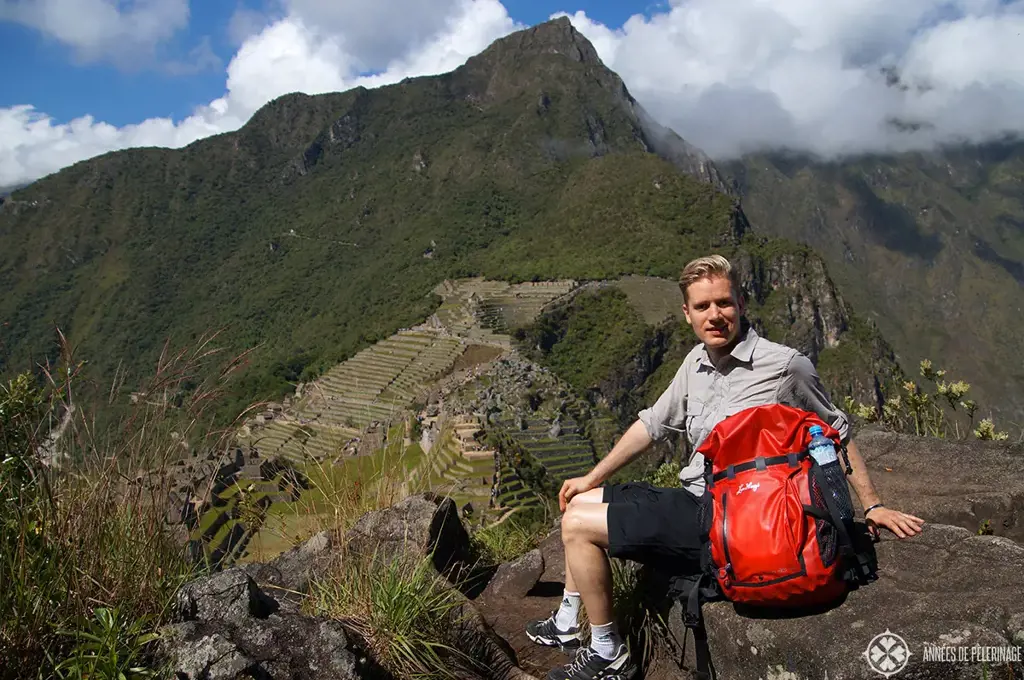
When planning outdoor activities in the Sacred Valley, it's essential to pack the right items to ensure you have an enjoyable and safe experience. The following are some specific items you should consider including in your packing list.
- Hiking shoes: As the Sacred Valley offers numerous hiking trails, having a good pair of hiking shoes is crucial. Look for shoes with good ankle support and a sturdy sole to protect your feet during long hikes.
- Sun protection: The high altitude and strong Andean sun in the Sacred Valley mean you need to protect yourself from sunburn. Pack a high SPF sunscreen, sunglasses, a wide-brimmed hat, and lightweight, long-sleeved clothing to shield your skin from the sun's harmful rays.
- Insect repellent: Insects, including mosquitoes, can be prevalent in certain areas of the Sacred Valley. Use an insect repellent containing DEET to protect yourself from bites and potential diseases.
- First aid kit: It's always a good idea to have a basic first aid kit on hand. Include items such as band-aids, blister pads, antiseptic cream, and pain relievers to handle any minor injuries or ailments that may arise during your outdoor activities.
- Snacks and water: The Sacred Valley may not have easily accessible food and water sources during your outdoor adventures. Carry enough snacks, such as trail mix or energy bars, to keep you fueled throughout the day. Also, ensure you have an adequate supply of drinking water to stay hydrated.
- Layered clothing: The weather in the Sacred Valley can vary significantly throughout the day. Dressing in layers allows you to adjust your clothing to changing temperatures. Start with a base layer to wick away sweat, add insulating layers for warmth, and top it off with a waterproof and windproof outer layer.
- Navigation tools: While guided tours are common in the Sacred Valley, having navigation tools can be helpful, especially if you plan to explore on your own. Consider packing a map, compass, or a GPS device to ensure you stay on the right path.
- Camera and binoculars: The Sacred Valley offers stunning natural landscapes and wildlife, so don't forget to capture those memorable moments. Bring a camera and a pair of binoculars to observe and appreciate the beauty of the region.
Remember, when packing for outdoor activities in the Sacred Valley, it's essential to strike a balance between being prepared and not overpacking. Consider the specific activities you plan to do and pack accordingly. Additionally, check the weather forecast before your trip to make any necessary adjustments to your packing list.
Packing Tips for Maximizing Your 15kg Allowance on a Coach Holiday
You may want to see also

Is it necessary to bring hiking boots or sturdy shoes for exploring the Sacred Valley?
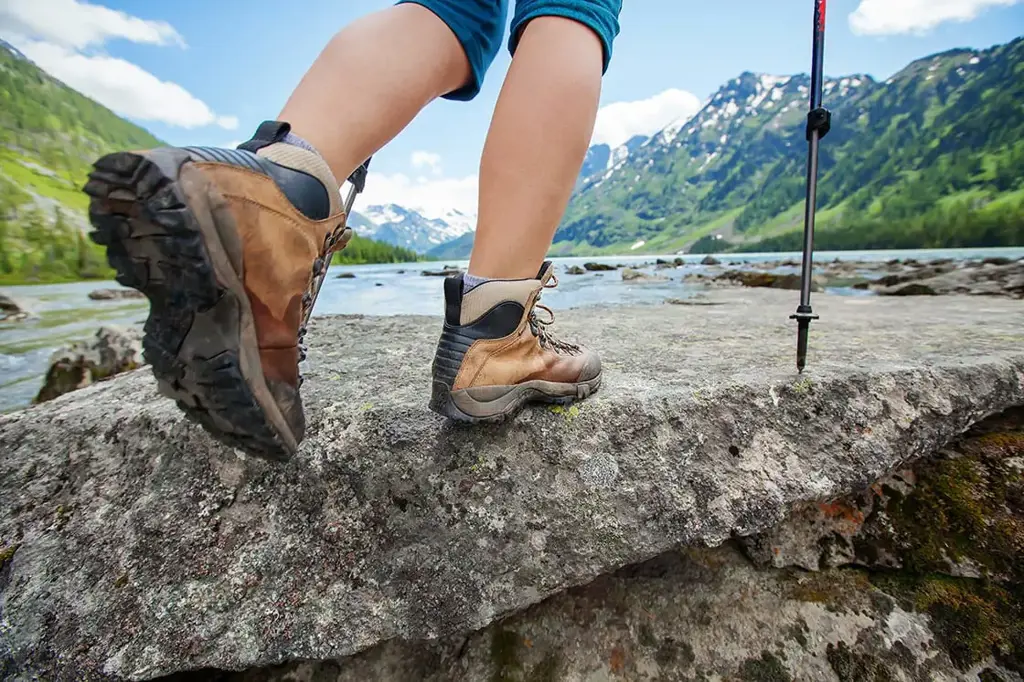
The Sacred Valley, located in the heart of the Andes Mountains in Peru, is a breathtaking destination known for its stunning landscapes, ancient Inca ruins, and vibrant local culture. As a popular tourist destination, many visitors wonder what type of footwear is necessary for exploring this unique region. Specifically, the question arises whether hiking boots or sturdy shoes are necessary for exploring the Sacred Valley.
The answer to this question depends on the specific activities you plan to engage in while in the Sacred Valley. If you are simply planning to visit the major tourist sites, such as Machu Picchu and the Ollantaytambo ruins, sturdy shoes should be sufficient. However, if you plan to engage in more adventurous activities such as hiking the Inca Trail or exploring off-the-beaten-path trails, hiking boots would be highly recommended.
Hiking boots offer several advantages over regular shoes when it comes to exploring the rugged terrain of the Sacred Valley. First and foremost, hiking boots provide greater ankle support, which is important when navigating uneven and potentially slippery terrain. The rocky paths and steep slopes in the Sacred Valley can be challenging to traverse, and having the proper footwear can greatly reduce the risk of ankle injuries.
Additionally, hiking boots are designed to provide excellent traction, which is crucial when traversing wet or muddy trails. The Sacred Valley is known for its diverse climate, with rainy seasons and intermittent showers throughout the year. By wearing hiking boots, you can confidently navigate these slippery conditions without fear of slipping and falling.
Another advantage of hiking boots is their durability. The construction of hiking boots is designed to withstand the rigors of outdoor activities, including extended periods of walking and exposure to rough terrain. Regular shoes may not hold up as well in these conditions and may be more prone to damage or wearing out quickly.
Furthermore, hiking boots often have waterproof or water-resistant features, which can be extremely beneficial in the unpredictable weather of the Sacred Valley. Unexpected rain showers are not uncommon in this region, and having waterproof footwear can help to keep your feet dry and comfortable, preventing blisters and discomfort.
In summary, while sturdy shoes may be suitable for some activities in the Sacred Valley, hiking boots offer a range of advantages that make them highly recommended for exploring this unique region. The ankle support, traction, durability, and waterproof features of hiking boots can greatly enhance your experience and ensure your safety while traversing the rugged terrain of the Andes Mountains. Investing in a pair of high-quality hiking boots will undoubtedly contribute to a more enjoyable and comfortable exploration of the Sacred Valley.
Essential Gear for a Successful Relay Race: A Comprehensive Packing Guide
You may want to see also

Are there any specific items I should pack for visiting sacred sites or participating in local customs in the Sacred Valley?
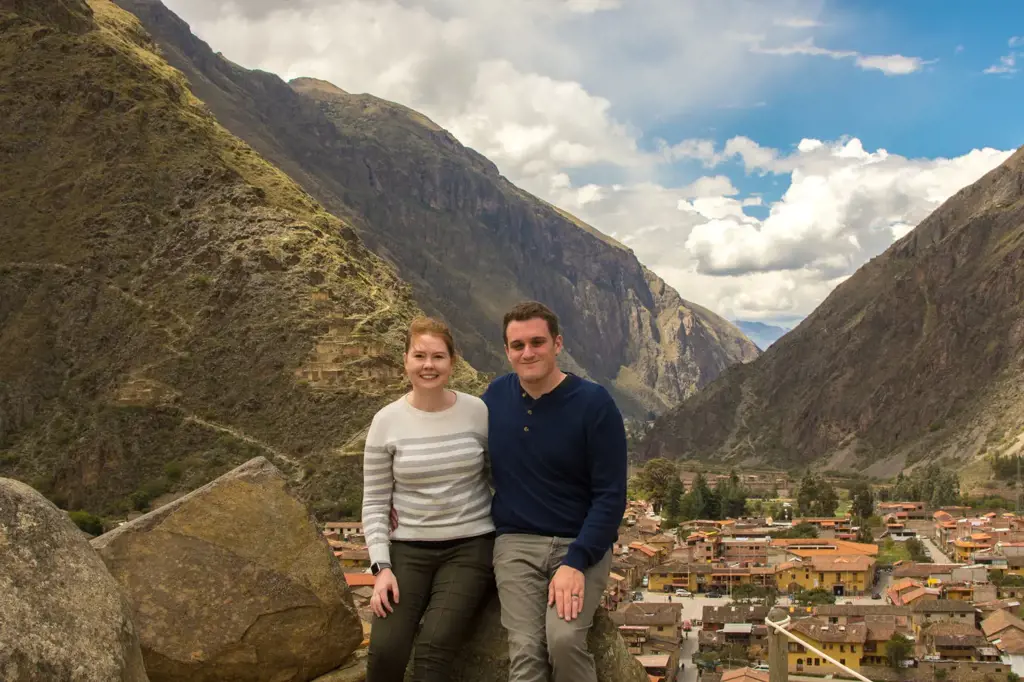
When visiting sacred sites or participating in local customs in the Sacred Valley, it is important to be mindful and respectful of the local culture and traditions. Here are some specific items that you should pack to ensure a smooth and respectful visit:
- Modest clothing: As many sacred sites in the Sacred Valley are places of worship, it is important to dress modestly out of respect for the local customs. This means avoiding shorts, tank tops, and other revealing clothing. Instead, opt for lightweight, breathable fabrics that cover your shoulders and knees.
- Scarf or shawl: In many cultures, it is customary to cover your head when visiting sacred sites. Packing a lightweight scarf or shawl will allow you to easily comply with this custom and show respect for the local traditions.
- Comfortable walking shoes: The Sacred Valley is home to numerous archaeological sites, many of which require a fair amount of walking or hiking to reach. Be sure to pack a pair of comfortable walking shoes to ensure you can explore these sites without discomfort or injury.
- Water bottle: Staying hydrated is important when exploring the Sacred Valley, especially if you are visiting during the hot summer months. Bringing a reusable water bottle will not only help you stay hydrated but also reduce your plastic waste and contribute to the preservation of the natural environment.
- Insect repellent: The Sacred Valley is located in a region known for its diverse insect population. To protect yourself from potential insect bites and the diseases they can carry, it is advisable to pack a travel-sized insect repellent.
- Sun protection: The high altitude and strong sun in the Sacred Valley can lead to sunburn and dehydration. Be sure to pack sunscreen with a high SPF, a wide-brimmed hat, and sunglasses to protect yourself from harmful UV rays.
- Small offering items: In some local customs, it is customary to present small offerings at sacred sites. These offerings can be simple and can include items like flowers, incense, or small tokens. It is essential to respect the guidelines and rituals of the specific site you are visiting, so do some research beforehand to ensure you are prepared.
By packing these items, you will be well-prepared to visit sacred sites and participate in local customs in the Sacred Valley. However, it is important to remember that each site and custom may have specific requirements, so it is advisable to do further research and seek guidance from local guides or experts to ensure you are appropriately prepared and respectful in your interactions.
The Ultimate Disneyland Checklist: Essential Items to Pack for an Unforgettable Trip
You may want to see also

Are there any important items I should pack to protect myself from the high altitude in the Sacred Valley?
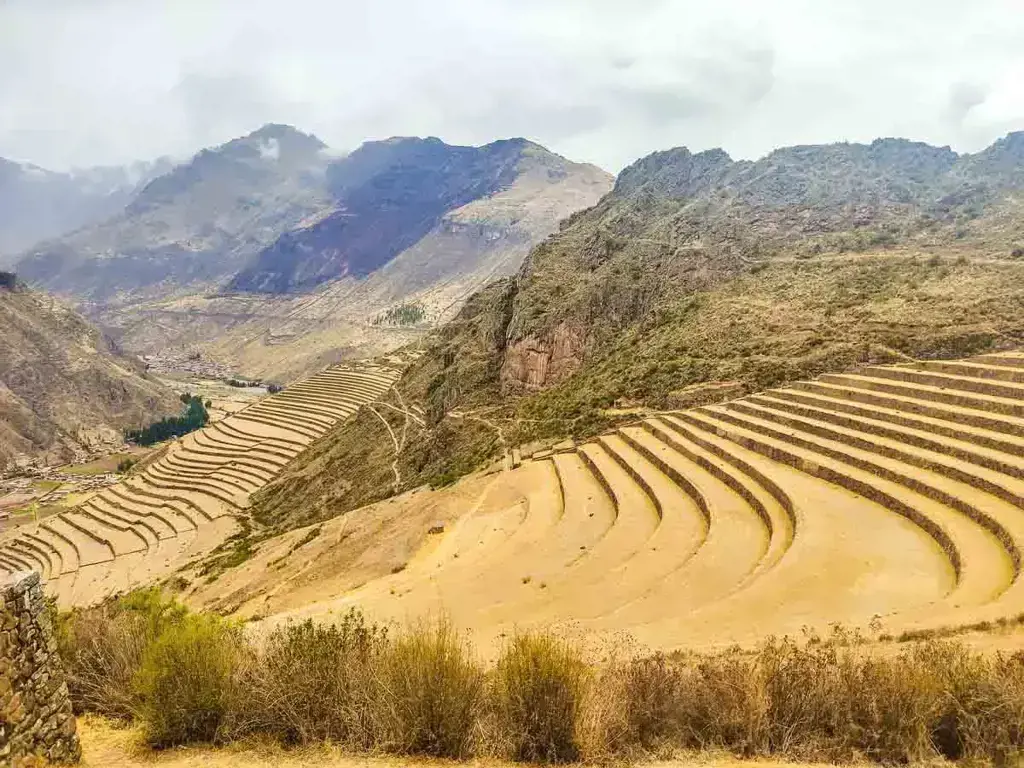
If you're planning a trip to the Sacred Valley in Peru, you'll likely be visiting some of the ancient ruins and picturesque towns nestled high in the Andes Mountains. At these high altitudes, it's important to take precautions to protect yourself from the effects of altitude sickness. While there is no foolproof way to prevent altitude sickness, there are several items you can pack to help mitigate its symptoms and keep yourself comfortable during your visit.
- Hydration is key: One of the most important things you can do to combat altitude sickness is to stay hydrated. The high altitude can cause increased fluid loss through respiration and increased urine production, so it's important to drink plenty of water throughout the day. Consider packing a reusable water bottle that you can refill as needed, and make a conscious effort to drink more fluids than usual.
- Stock up on electrolytes: In addition to staying hydrated, it's also important to replenish your electrolytes. Electrolytes are minerals that help regulate fluid balance in your body, and they can be lost more quickly at high altitudes. Consider packing electrolyte tablets or powder that you can mix into your water to help replenish these essential minerals.
- Gradual ascent: When planning your trip to the Sacred Valley, it's important to give yourself time to acclimate to the high altitude. If possible, spend a few days in a lower altitude city, such as Cusco, before heading higher into the mountains. This will give your body time to adjust to the lower oxygen levels and reduce the risk of altitude sickness.
- Medications: If you're concerned about altitude sickness, it may be helpful to pack some over-the-counter medications that can help alleviate its symptoms. Acetazolamide, also known as Diamox, is a prescription medication that is often used to prevent and treat altitude sickness. However, it's important to consult with a healthcare professional before taking any medications, as they may have side effects or interact with other medications you're taking.
- Protect yourself from the sun: At higher altitudes, the sun's rays can be more intense and increase the risk of sunburn. It's important to pack sunscreen with a high SPF, as well as a wide-brimmed hat and sunglasses to protect yourself from the sun's harmful rays.
- Warm clothing: The high altitude in the Sacred Valley can also mean cooler temperatures, especially in the early morning and evening. Be sure to pack warm clothing, such as a jacket or sweater, to keep yourself comfortable. Layering is also key, as it allows you to adjust your clothing to the changing temperatures throughout the day.
In conclusion, there are several important items you should consider packing to protect yourself from the high altitude in the Sacred Valley. Staying hydrated, replenishing electrolytes, allowing time for acclimatization, and considering medications are all important steps to take. Additionally, protecting yourself from the sun and packing warm clothing will help ensure your comfort during your visit to this breathtaking region in Peru.
Essential Packing Guide for Exploring the Greek Islands in May
You may want to see also
Frequently asked questions
When packing for the Sacred Valley, it is important to bring comfortable clothing for outdoor activities such as hiking and exploring. Include layers for varying temperatures, as the climate can change throughout the day. Don't forget to pack a good pair of walking shoes or hiking boots, as well as a hat, sunscreen, and sunglasses for sun protection.
Yes, it is recommended to pack rain gear for the Sacred Valley, especially during the rainy season which runs from November to April. A lightweight rain jacket or poncho can be easily packed and will help keep you dry during any unexpected showers. It's always better to be prepared!
If you plan to go hiking in the Sacred Valley, it is important to bring a few essential items. Pack a sturdy backpack to carry water, snacks, and any personal belongings you may need during your hike. Don't forget to bring a good pair of hiking socks to prevent blisters, and consider packing a walking stick or trekking poles for added stability and support.
When visiting the archaeological sites in the Sacred Valley, it is important to bring a few items to enhance your experience. Pack a small backpack to carry essentials such as water, snacks, and a guidebook or map of the sites. Don't forget to bring a camera or smartphone to capture the incredible sights, and consider packing a hat and insect repellent for added comfort.
There are no specific clothing requirements for visiting the Sacred Valley, but it is recommended to dress modestly and respectfully, especially when visiting religious sites. Pack clothing that covers your shoulders and knees to adhere to local customs and show respect to the culture. Also, consider packing lightweight and breathable fabrics to stay cool and comfortable in the warm climate of the Sacred Valley.



